Comprehensive Report: Minimizing WACC and Market Value of Equity
VerifiedAdded on 2021/04/17
|6
|1070
|64
Report
AI Summary
This report examines the critical strategies for minimizing the Weighted Average Cost of Capital (WACC). It discusses how to reduce costs by issuing debt or equity, and how to leverage tax benefits and optimize capital structure. The report contrasts the use of market value versus book value weights, highlighting the importance of market value in reflecting economic values. It also explores the relationship between book value and market value of equity, and the role of market risk premium. The report analyzes the abnormal earnings valuation model, concluding that it offers a more accurate method of valuation, driven by the sufficiency of book value. It also provides a comprehensive overview of the concepts and their impact on financial performance. The report further suggests that, in relation to the article, different estimations and models work better for different companies depending on how the company is structured. The article further states that the abnormal earning valuation method is more accurate method of valuation because it is propelled by the book value rather than the market value.
1 out of 6
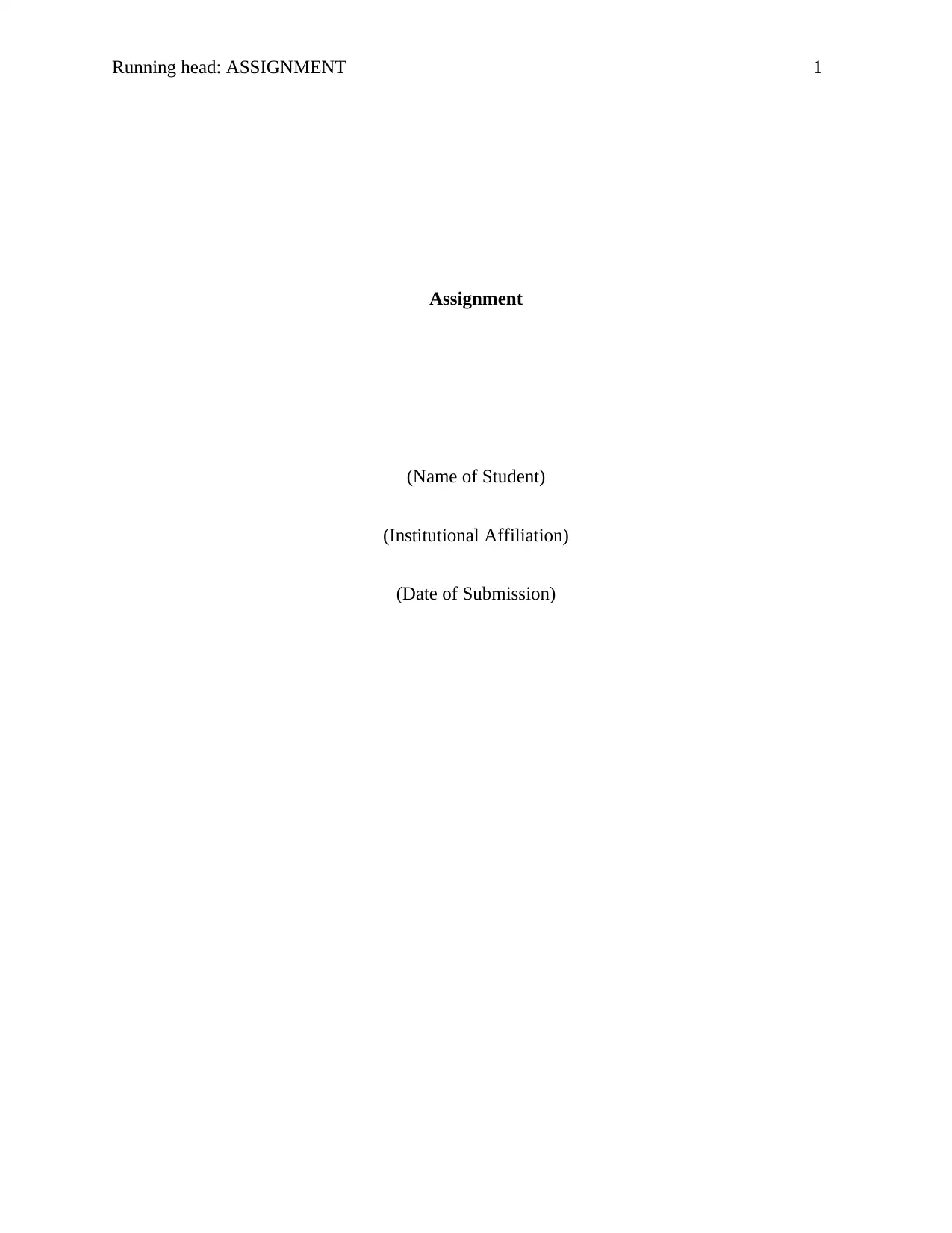
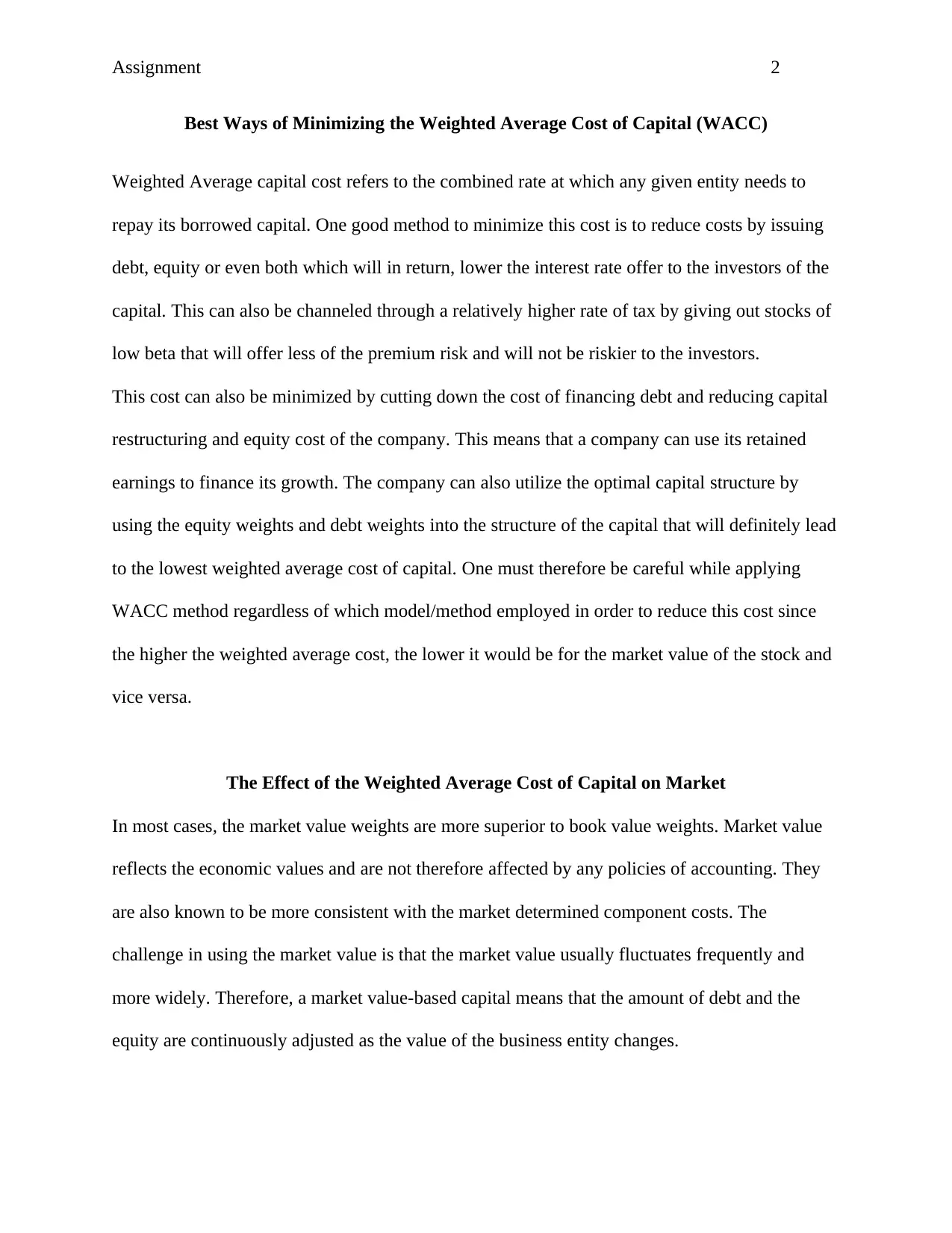
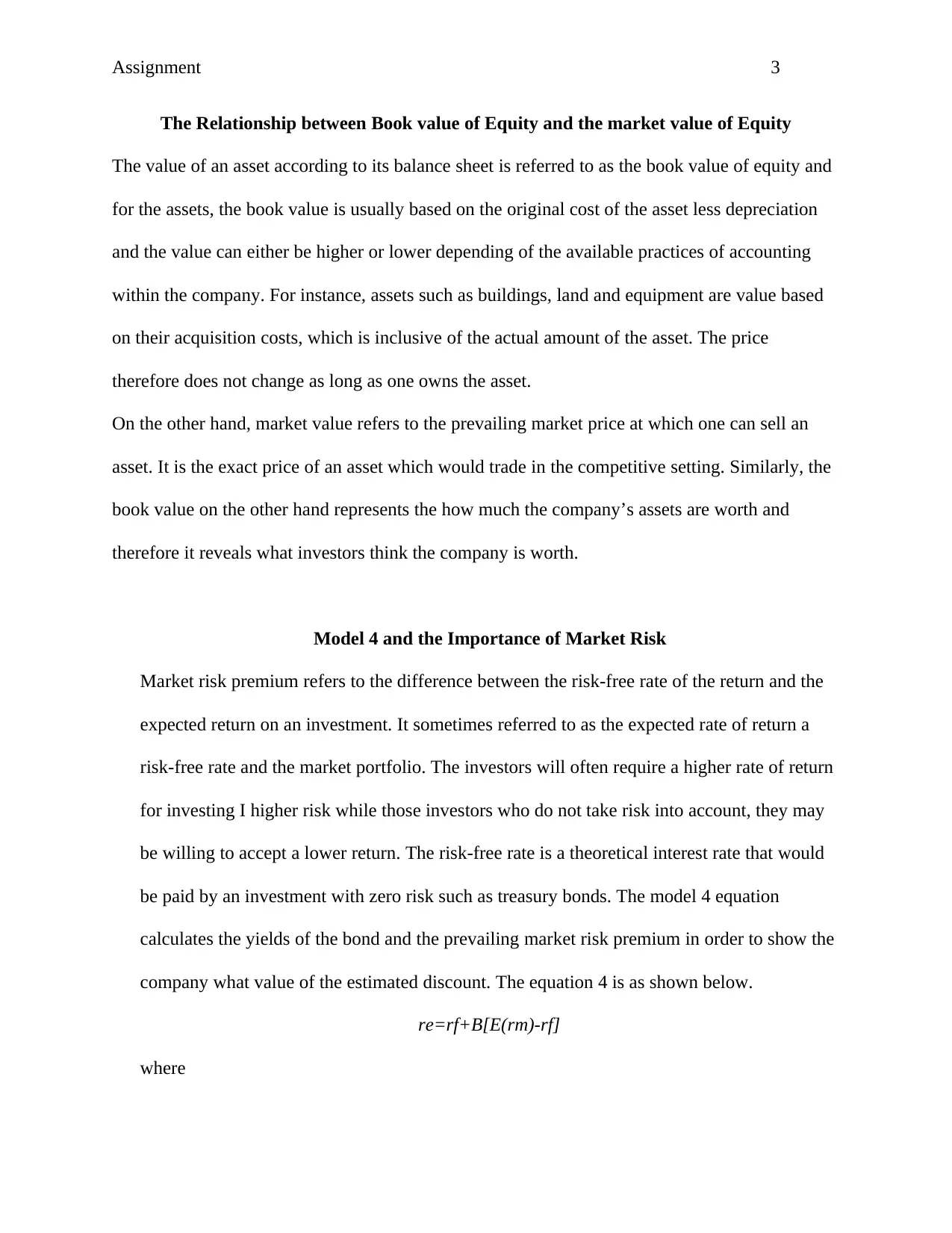
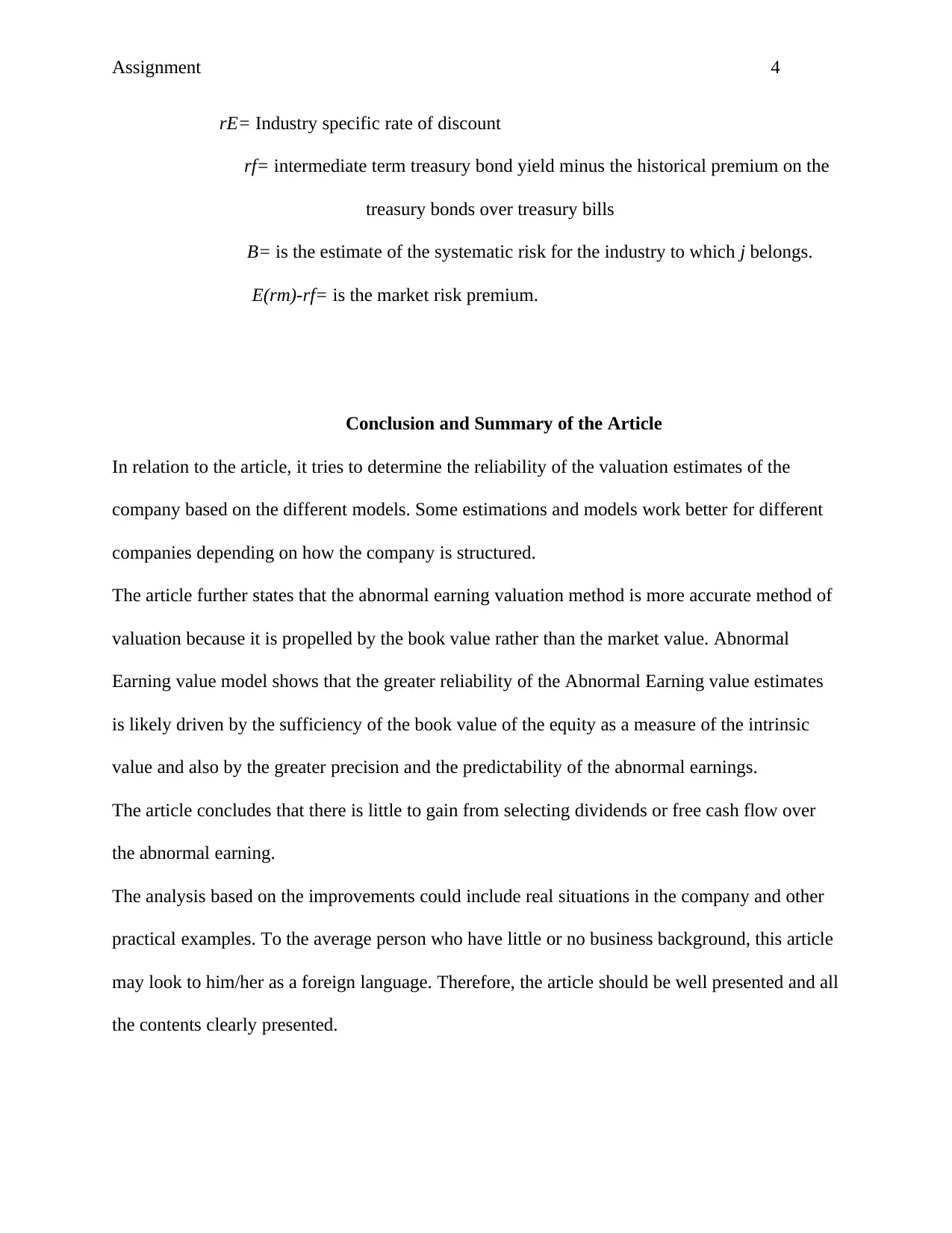

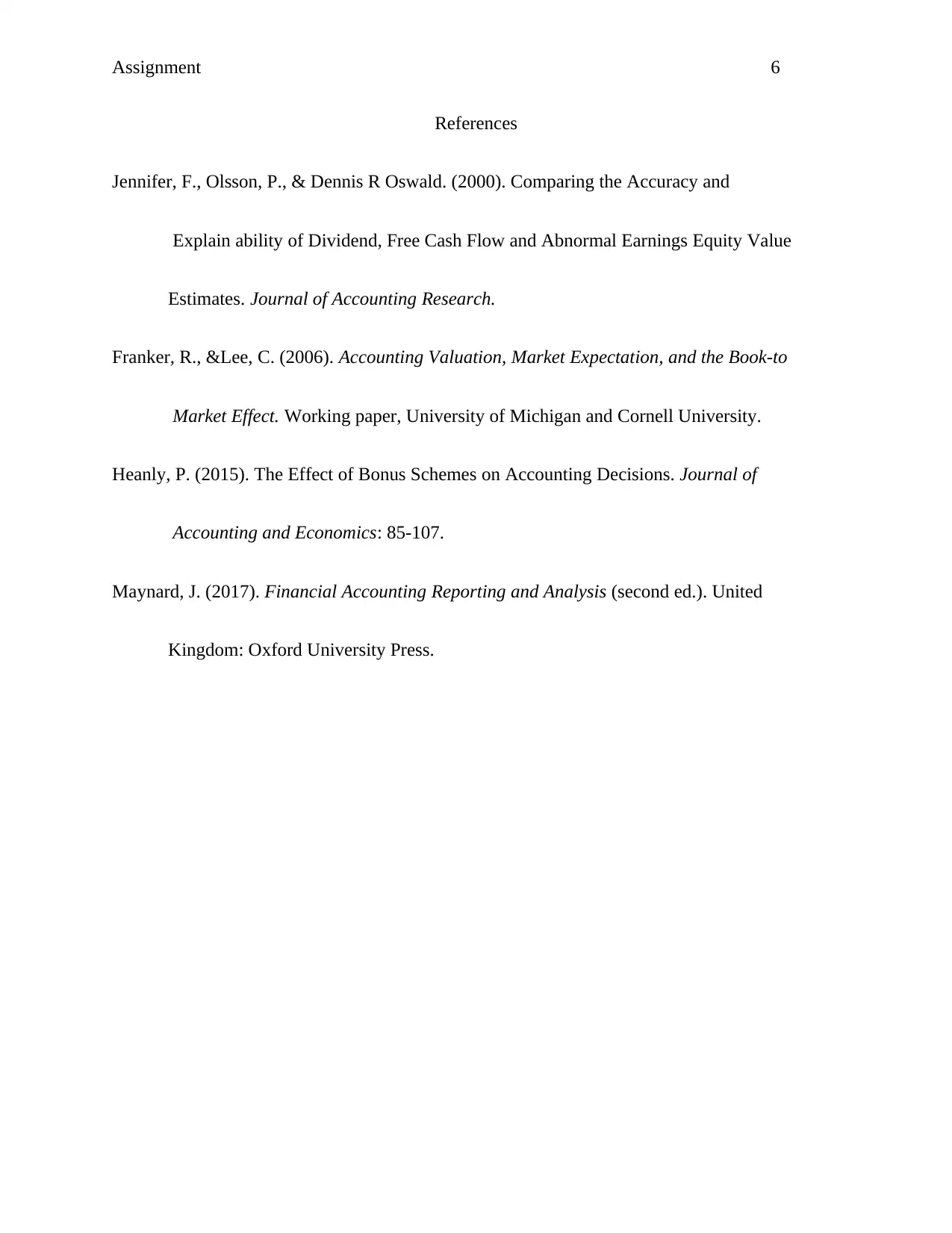






![[object Object]](/_next/static/media/star-bottom.7253800d.svg)